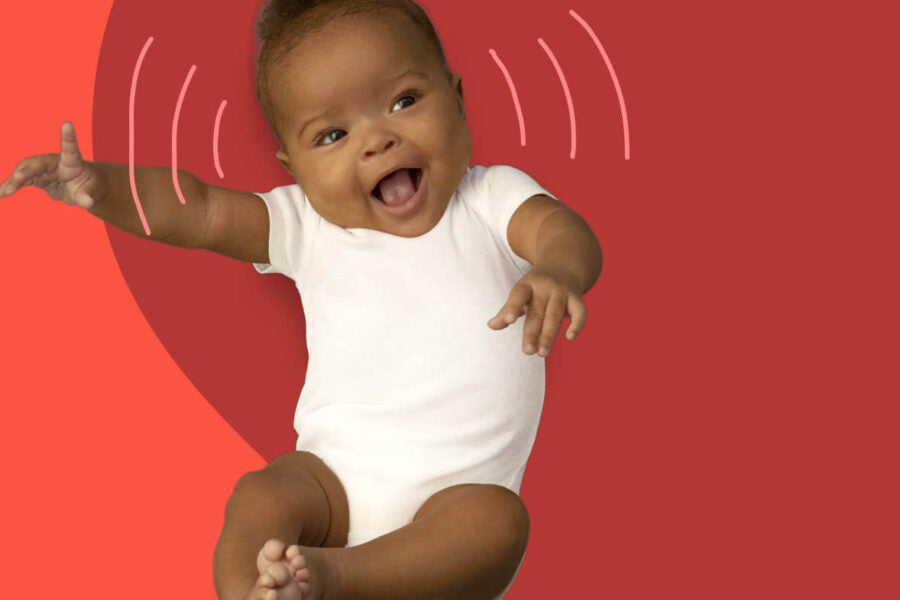Six-month-old infants use crossmodal synchrony to identify novel communicative signals
Humans communicate with each other in all kinds of ways—not just through language, but through gestures and facial expressions; music and grunts; smoke signals and Morse code. But do infants understand that such a wide array of signals can be used to communicate? To answer this, we introduced infants to a new signal: a series of R2-D2-like beeps. We then tested whether they would use those beeps later, to help them learn a new category—something that other communicative signals like language reliably help with. Our results show that as long as the beeping signal was produced by an agent and in synchrony with their motions, infants interpreted the beeps as communicative and used them to help learn the category. This was true whether the agent was a human or an animated, bouncing shape with eyes. However, if the beeps were not produced by the agent (occurring out of sync with their motions), infants did not interpret them as communicative. Thus, infants readily interpret new signals as communicative when they are produced by an agent.
